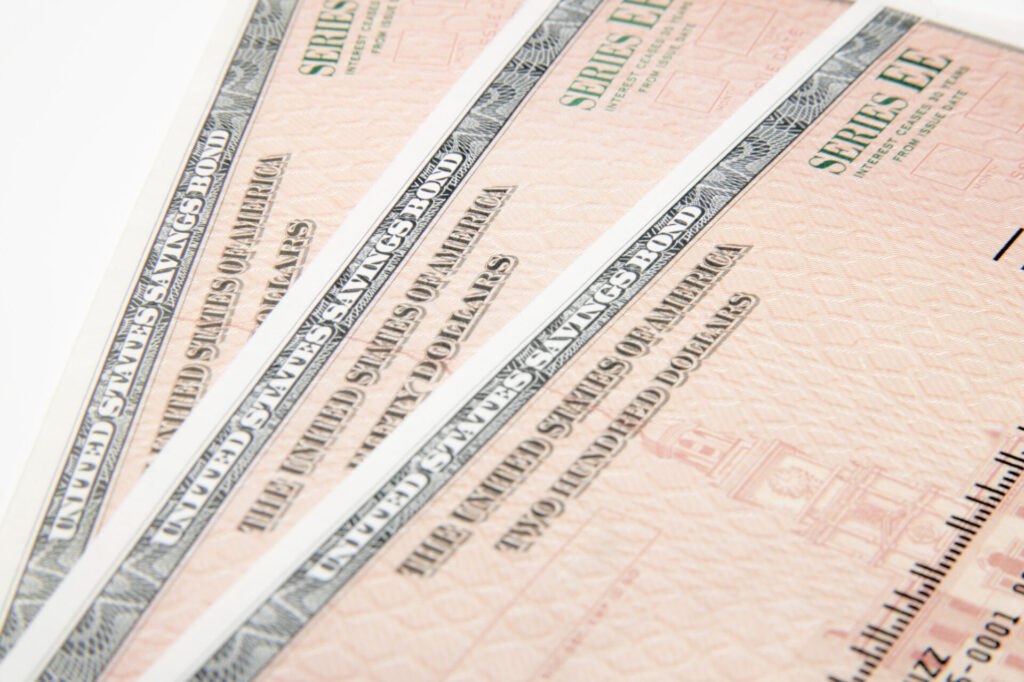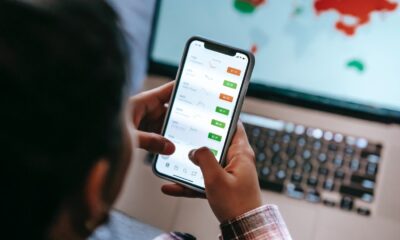Investing
How to Buy US Bonds That Pay Above 9% Interest | Bond Buying Guide
Bonds are considered as the safest investment, and at a times like these when everything is volatile, bonds can be the right choice.
Published
3 years agoon
By
Yoga Adi
It’s not as difficult as it might seem to purchase bonds. But before you buy, you must understand the various varieties and know what to look for in a bond.
Bond investments are one option to invest instead of purchasing a stake in a company or a government agency (like stocks).
Due to their reduced volatility and relative safety compared to stocks, many financial advisors advise allocating a portion of your portfolio to bonds. Bond funds, such as mutual or exchange-traded funds, are a simple way to gain exposure. Investors can purchase these products from most major brokerages.
Bond Purchases: Where to Start
Due to the larger initial investment needed to start investing, purchasing bonds may be slightly more difficult than purchasing stocks. Most bonds have a $1,000 face value. However, there is a workaround for that. There are a few places you may purchase them:
From a Broker

Understand how to create a brokerage account. You can purchase bonds through an online broker.
With this strategy, you will purchase bonds from other investors looking to sell them. By purchasing a bond directly from the underwriting investment bank during an initial bond offering, you might also be able to save money off the bond’s face value.
Through an Exchange-Traded Fund
An ETF normally purchases bonds from various issuers. However, some funds concentrate on short-, medium-, and long-term bonds or offer exposure to particular markets or industries. Because you don’t have to buy in big chunks and a fund offers rapid diversification, it’s a wonderful choice for individual investors.
Directly From the U.S. Government
To enable investors to purchase government bonds without paying a commission to a broker or other middlemen, the federal government established a scheme via the Treasury Direct website.
What to Look Out for When Purchasing Bonds
Bond investments are not all created equal. To determine whether certain bonds fit your portfolio, follow this three-step process:
1. Can The Borrower Make Bond Payments?

The answer to this issue is crucial since the average investor won’t even consider purchasing bonds from a firm that can’t fulfill its promise to repay the money lent with interest. You can determine if the business will be able to pay its debts if you do some investigating.
Rating agencies assign ratings to bonds, with Moody’s, Standard & Poor’s, and Fitch being the three major ones that dominate the market. They assign credit ratings to businesses, governments, and the bonds they issue to determine creditworthiness.
According to school grades, the higher the rating, starting at AAA, the more likely the company will fulfill its obligations and the lower the interest rates it will have to pay.
Corporate Bonds
Beyond ratings, examining the interest rate a firm pays concerning its income is the fastest way to assess a company-issued bond’s safety. The business will eventually run into problems if it doesn’t have enough income to cover its obligations, just like a homeowner paying off a monthly mortgage.
Start by examining a company’s income statement, showing its most recent yearly operating income and interest expense. Every publicly traded U.S. firm has this information available via a 10-K filing, which can be found on the company’s website or in the EDGAR database on the U.S. webpage of the Securities and Exchange Commission.
Operating income is a better indicator of a company’s capacity to pay its debts than net income since it subtracts taxes and interest payments (tax-deductible).
Government Bonds
Because governments often don’t have significant surplus earnings that suggest stability, evaluating government-issued bonds can be challenging.
The positive news in general, investing in government bonds is safer; federal government bonds issued by the United States are the world’s finest and are rated AAA. Investors refer to the interest rate set by the government as the “risk-free rate” since they are thought to be so secure.

Municipal Bonds
Municipality-issued bonds are not quite as secure, despite having previously been safe. On the Electronic Municipal Market Access (EMMA) website, which offers a bond’s official prospectus, an issuer’s audited financial statements, and ongoing financial disclosures, such as payment delinquencies and defaults, you can learn more about these bonds.
A government’s credit rating is a decent initial indicator of its creditworthiness; you may then check to see if there have been any defaults recently or other financial problems that could lead to one in the future.
2. Is Now the Ideal Time to Purchase Bonds?

The debt market is where bonds trade after their interest rate has been decided upon and made accessible to investors. The price of the bond will then fluctuate depending on changes in market interest rates.
Bond prices typically move in an anticyclical manner. Interest rates increase when the economy grows, which lowers bond prices. Bond prices rise as interest rates decrease as the economy slows. Bonds may seem like a terrific investment during boom times (when prices are at their lowest) and a sell when the economy begins to improve. But it’s not quite that easy.
3. What Bonds Should I Choose for My Portfolio?
Your risk tolerance required, income, and tax situation are just a few of the variables that may determine the kind of bonds that are best for you.
Corporate, government and municipal bonds may all be included in a solid bond allocation to diversify the portfolio and lower principal risk. To lower interest rate risk, investors can also stagger the maturities.
Final Note
Purchasing individual bonds, bond mutual funds, or bond ETFs gives your investment portfolio diversification and steady income. You must exercise due diligence when making any bond-related investments. Look into the issuers, compare bond ratings, and, if possible, talk to an investment professional to help you make decisions.
You may like
-


How to Find the Best Green Technology Start-Ups to Invest In
-


How to Maximize Returns by Investing in Private REITs
-


How to Invest in the Future of Transportation Such as Autonomous Cars and Drones
-


What are the Best Options for Investing in the Circular Economy
-


What are the Best Strategies for Investing in Infrastructure Debt
-


Squirrel vs. Moneybox: A Comparison of Savings and Investment Apps

Best Problem-Solving Strategies In Business

How to Start Affiliate Marketing Through Amazon

How to Plan A Wedding On A Budget

10 Reasons Why Budgeting Is Important












